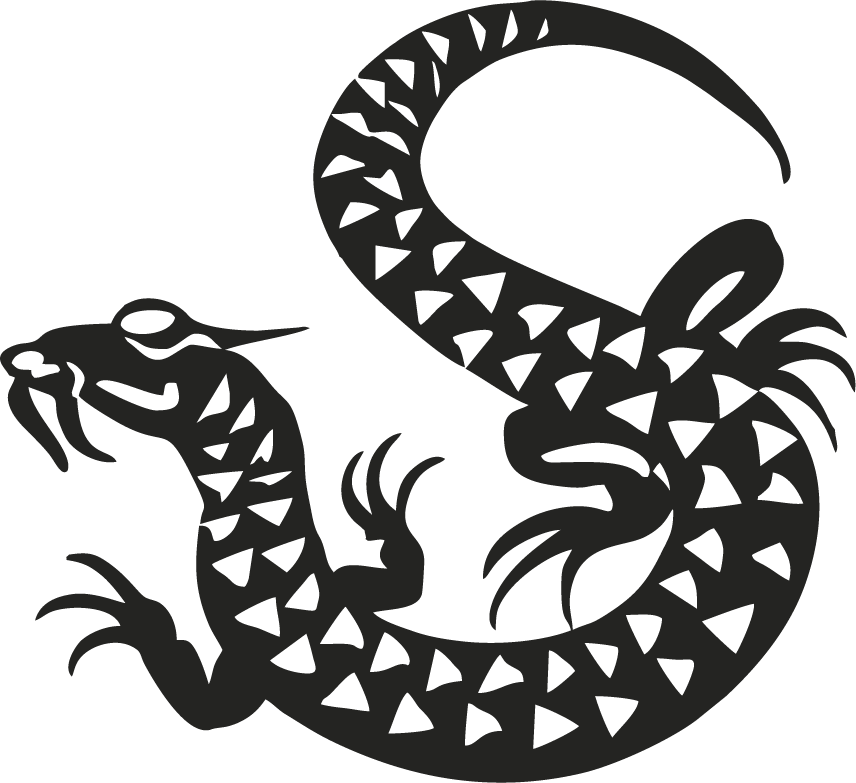MIGRAINE

MIGRAINE
How can acupuncture help to relieve a migraine?
Did you know that acupuncture is a recommended treatment for Migraine by the National Institute for Health and Care Excellence (NICE)? Migraine is the third most common disease in the world behind and is more prevalent than diabetes, epilepsy and asthma combined. It also affects three times as many women as men, with this higher rate being most likely hormone related.
Migraine is a primary headache disorder manifesting as recurring attacks, usually lasting for 4 to 72 hours and involving pain of moderate to severe intensity. Migraine is thought to begin as an electrical phenomenon in the cerebrum that then affects blood vessels, biochemistry, and causes neurogenic inflammation. Typical characteristics of the headache are unilateral location, pulsating quality, moderate or severe intensity, and aggravation by routine physical activity. Sufferers may also experience auras, photophobia, phonophobia, nausea and vomiting.
I successfully treat many people with this debilitating condition and acupuncture has been shown to help in numerous clinical trials, by reducing both the intensity and frequency of attacks. As well as prevention it may also be used to alleviate symptoms in acute attacks (Li 2009). There is preliminary qualitative evidence from patients that acupuncture can increase coping mechanisms as well as relieve migraine symptoms (Rutberg 2009).
Acupuncture can help in the treatment of migraine by:
- Providing pain relief - by stimulating nerves located in muscles and other tissues, acupuncture leads to release of endorphins and changes the processing of pain in the brain and spinal cord (Zhao 2008, Zijlstra 2003, Pomeranz, 1987).
- Reducing inflammation - by promoting release of vascular and immunomodulatory factors (Kim 2008, Kavoussi 2007, Zijlstra 2003).
- Reducing the degree of cortical spreading depression (an electrical wave in the brain associated with migraine) and plasma levels of calcitonin gene-related peptide and substance P (both implicated in the pathophysiology of migraine) (Shi 2010).
- Modulating extracranial and intracranial blood flow (Park 2009).
- Affecting serotonin (5-hydroxytriptamine) levels in the brain (Zhong 2007).(Serotonin may be linked to the initiation of migraines; 5-HT agonists (triptans) are used against acute attacks.)




